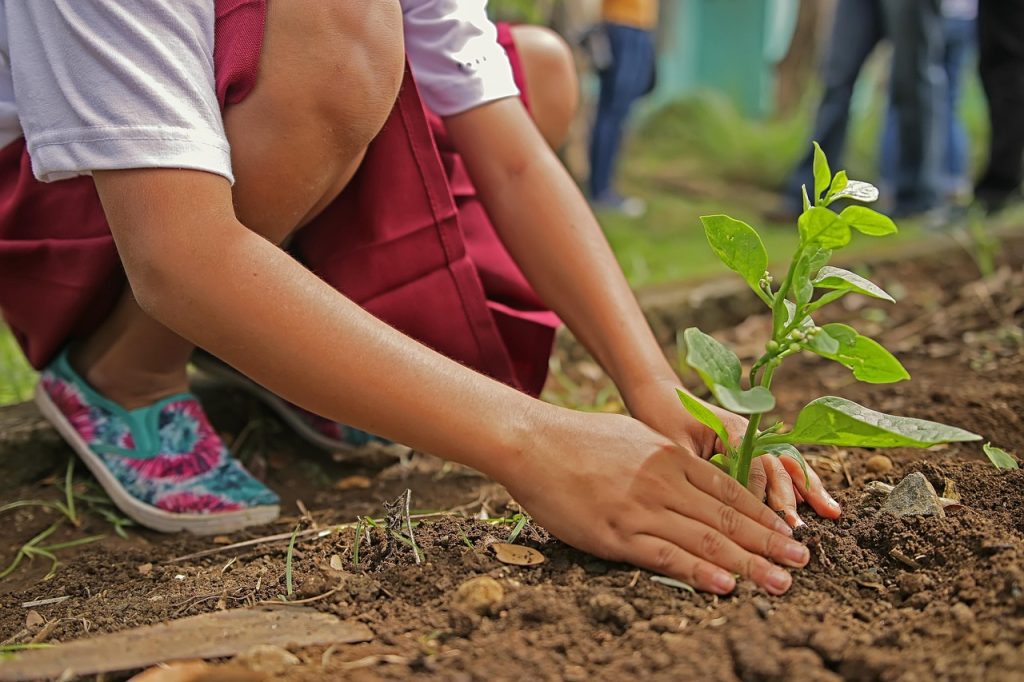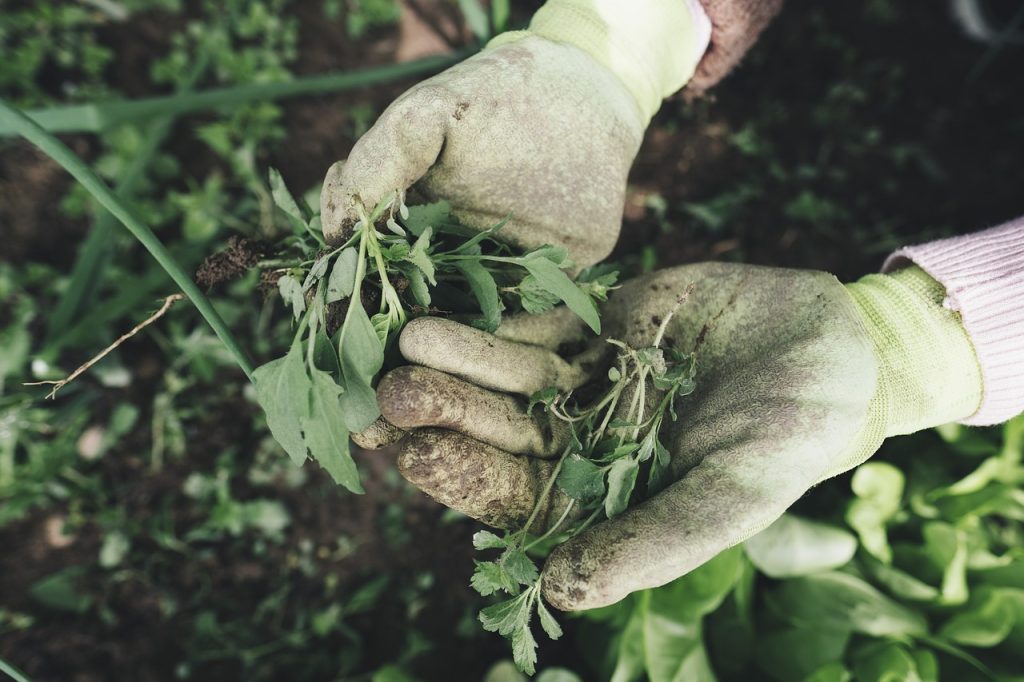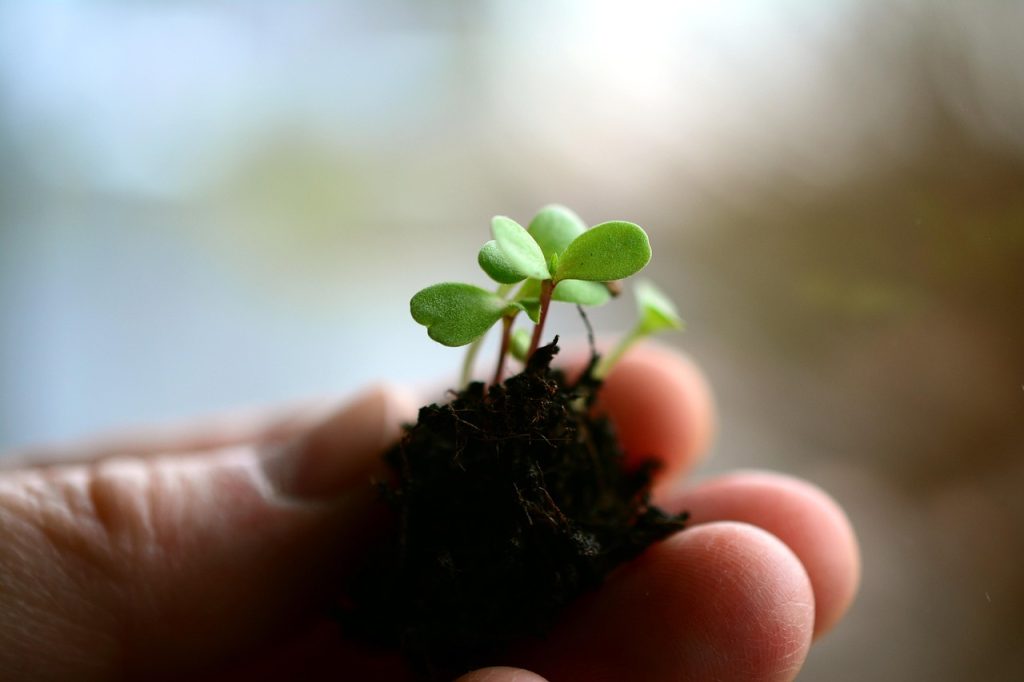As winter fades and spring approaches, gardeners feel the urge to dig into the soil. Preparing your plants for the growing season is crucial for a vibrant, healthy garden. Whether you’re tending a vegetable patch, flower bed, or potted plants, these plant care tips before growing season will set you up for success. Drawing from years of gardening experience, I’ve outlined five practical, actionable tips to help your plants thrive. Let’s get started!
Why Pre-Season Plant Care Matters
The growing season, typically spring through early fall, is when plants shine, producing blooms, fruits, or lush foliage. Without proper prep, they may struggle to reach their potential. Pre-season preparation ensures strong roots, better resilience, and higher yields. Think of it like training for a race, you can’t just show up and run. These tips will help your plants hit the ground running when spring arrives.

Tip 1: Assess and Prune Your Plants
Why Pruning Matters
Pruning before the growing season removes dead or damaged growth, encourages new shoots, and improves air circulation. It’s like giving your plants a fresh start to focus energy on healthy growth.
How to Prune
- Inspect Plants: Check for dead, broken, or crossing branches. Look for disease signs, like black spots or powdery mildew.
- Use Sharp Tools: Clean, sharp pruning shears make precise cuts that heal quickly. Disinfect with rubbing alcohol between plants to avoid spreading pathogens.
- Timing: Late winter or early spring, before new growth, is ideal. In USDA Zone 7, I prune my roses in late February for best results.
- What to Cut: Remove dead wood, suckers, and overcrowded stems. For shrubs, maintain a natural shape; for fruit trees, open the center for light.
Real-Life Example: Last year, I skipped pruning my tomato plants before spring, and they grew tangled, yielding fewer fruits. This year, a quick 15-minute pruning session led to healthier plants and juicier tomatoes.
Pruning by Plant Type
- Roses: Cut back to 3-5 healthy buds, removing weak or inward-growing stems.
- Fruit Trees: Thin crowded branches to improve airflow and fruit size.
- Perennials: Trim old foliage on plants like hostas or daylilies to encourage fresh growth.
Tip 2: Test and Amend Your Soil
The Role of Soil Health
Healthy soil is the foundation of a thriving garden. Testing and amending soil before planting ensures the right nutrients and pH balance for your plants.
How to Test Soil
- DIY Test Kits: Available at garden centers, these kits measure pH, nitrogen, phosphorus, and potassium. I use a probe meter for quick pH checks.
- Lab Testing: For detailed results, send a sample to your local cooperative extension service (costs about $20-$30).
- Ideal pH: Most plants prefer slightly acidic soil (pH 6.0-7.0). Blueberries thrive in more acidic soil (4.5-5.5).
Amending Soil
- Add Compost: Improves structure and adds nutrients. I spread a 2-inch layer of homemade compost each spring.
- Organic Matter: Use aged manure, leaf mold, or grass clippings for slow-release nutrients.
- Lime or Sulfur: Adjust pH if needed, lime raises it, sulfur lowers it. Apply cautiously and retest after a month.
- Fertilizers: Use a balanced 10-10-10 fertilizer or tailor based on soil test results.
Pro Tip: If you have heavy clay soil, like I did in my old Virginia garden, add gypsum to improve drainage without changing pH.

Tip 3: Clean and Organize Your Gardening Tools
Why Tool Maintenance Matters
Sharp, clean tools make gardening easier and prevent plant damage. Pre-season maintenance saves time and ensures your tools are ready when you need them.
Tool Care Checklist
- Clean: Scrub tools with a wire brush and soapy water to remove sap and dirt. Dry thoroughly to prevent rust.
- Sharpen: Use a whetstone or file to sharpen pruners, shovels, and hoes. I sharpen my shears every February for clean cuts.
- Oil: Apply linseed oil to wooden handles and light machine oil to metal parts to prevent corrosion.
- Storage: Hang tools in a dry shed or garage. A pegboard keeps my tools organized and accessible.
Bonus Tip: Check Equipment
Inspect hoses for leaks, sharpen mower blades, and test irrigation systems. A leaky hose once cost me hours of watering time. Don’t let that happen to you!
Read more: Summer Watering Schedule for Container Plants
Tip 4: Plan Your Planting Layout
Benefits of a Planting Plan
A thoughtful layout maximizes space, sunlight, and plant compatibility. It’s like a blueprint for a productive, beautiful garden.
How to Plan
- Map Your Space: Sketch your garden beds or pots, noting sun exposure. I use graph paper for small spaces or an app like Garden Planner for larger ones.
- Companion Planting: Pair plants that benefit each other. Marigolds, for example, repel pests when planted near tomatoes.
- Crop Rotation: Rotate crops annually to prevent soil depletion and disease. I switch my beans and squash spots every year.
- Spacing: Follow seed packet guidelines. Crowded plants compete for light and nutrients—my overcrowded zucchini taught me this lesson!
Sample Planting Layout
For a 10×10-foot vegetable garden:
- Row 1: Tomatoes with marigold borders (pest control).
- Row 2: Cucumbers on a trellis (saves space).
- Row 3: Lettuce and spinach (early harvest, shade-tolerant).
- Row 4: Pole beans with nasturtiums (attract pollinators).
Real-Life Example: In my community garden, I planned a layout with tall sunflowers in the back, mid-height peppers in the middle, and low-growing herbs in front. The result was a tidy, productive plot with no wasted space.
Tip 5: Protect Your Plants from Late Frosts
Understanding Frost Risks
Late frosts can harm tender new growth, especially for early plantings like peas or pansies. Knowing your local frost dates is essential.
Frost Protection Strategies
- Check Frost Dates: Use the USDA Hardiness Zone map or local weather data. In Zone 6b, my last frost is typically mid-April.
- Cover Plants: Use frost blankets, cloches, or old bedsheets on cold nights. I cover seedlings with plastic buckets when frost is forecast.
- Mulch: Apply a 2-3 inch layer of straw or wood chips to insulate soil. This saved my strawberries during a surprise March freeze.
- Water Before Frost: Moist soil retains heat better. Water in the evening if frost is expected.
Frost-Tolerant Plants
- Vegetables: Kale, broccoli, carrots.
- Flowers: Pansies, snapdragons, violas.
Pro Tip: Keep lightweight row covers in your shed for quick frost protection. They’re invaluable on unpredictable spring nights.
Additional Pre-Season Tips
- Start Seeds Indoors: For slow-growers like tomatoes or peppers, start seeds 6-8 weeks before your last frost. I use egg cartons on a sunny windowsill.
- Check Irrigation: Test drip systems or sprinklers for even water distribution. A clogged emitter once ruined half my herb garden.
- Pest Prevention: Apply diatomaceous earth or neem oil to deter early pests like aphids. I sprinkle DE around lettuce to keep slugs away.
- Label Plants: Use weatherproof tags to track what you’ve planted. You won’t remember which pepper variety is which by June!

FAQs
Begin 4-6 weeks before your last frost date, typically late winter to early spring, depending on your USDA Hardiness Zone.
Use a DIY soil test kit from a garden center to check pH and nutrient levels. For detailed results, send a sample to a local extension service.
No, pruning timing varies. Most trees and shrubs are pruned in late winter, but check specific plant needs, hydrangeas, for example, vary by type.
Check weather forecasts for frost warnings. Tender plants like tomatoes and basil need protection below 35°F; hardier plants like kale tolerate light frost.
Organic mulches like straw, bark, or compost insulate soil, retain moisture, and enrich your garden as they break down.
By applying these plant care tips before growing season, you’ll give your garden a strong start for a thriving year. From pruning to soil prep, these steps build a solid foundation for success. Grab your tools, roll up your sleeves, and get ready for a season of blooms, veggies, and gardening joy!